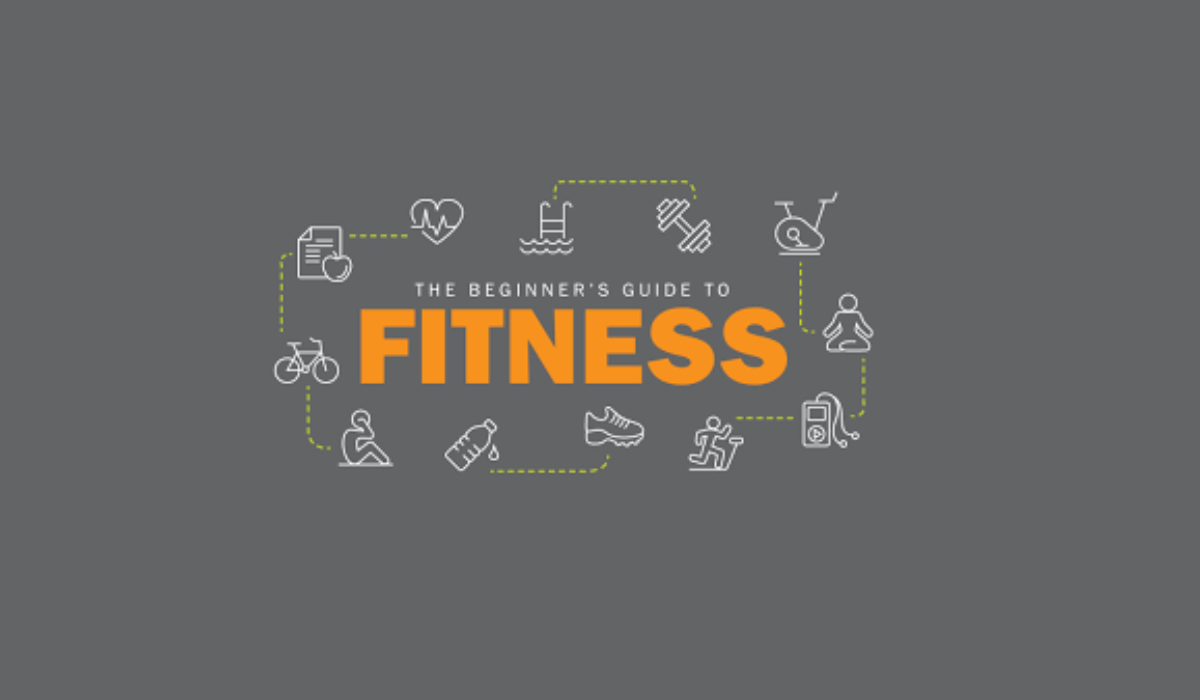7 Steps to Creating a Customer Acquisition Strategy for Your Business & Top Techniques
In today’s competitive market, acquiring and retaining customers is vital for sustained business growth. A well crafted customer acquisition strategy not only helps in attracting new customers but also ensures long term profitability and brand loyalty. Let’s dive into the essential steps and techniques to build an effective customer acquisition strategy tailored to your business needs.
Understanding Customer Acquisition Strategy
Before delving into the steps, it’s crucial to understand what a customer acquisition strategy entails. It involves systematic planning and implementation of tactics aimed at attracting potential customers and converting them into loyal patrons of your products or services. This strategy typically revolves around understanding your target audience, setting measurable goals, selecting appropriate channels, and continuously optimizing your approach based on performance metrics.
1. Determine Your Ideal Customer Profile
The foundation of any successful customer acquisition strategy lies in identifying your ideal customer. To do this effectively:
- Define Customer Persona: Analyze demographics, behaviors, pain points, and preferences of your existing customers.
- Understand Needs: Identify how your product or service solves specific challenges your customers face.
- Segmentation: Divide your audience into distinct segments based on shared characteristics for targeted marketing efforts.
By understanding your ideal customer profile, you can tailor your acquisition efforts more precisely and efficiently.
2. Set Clear Acquisition Goals
Setting measurable goals is essential to track the effectiveness of your customer acquisition strategy. Goals should be SMART (Specific, Measurable, Achievable, Relevant, Timebound):
- Examples: Increase monthly recurring revenue (MRR), reduce customer acquisition costs (CAC), improve customer lifetime value (CLV), etc.
- Monitor Progress: Regularly review and adjust goals based on market dynamics and business objectives.
Clear goals provide direction and help prioritize efforts towards achieving desired outcomes.
3. Choose Effective Acquisition Channels
Selecting the right customer acquisition channels depends on where your target audience spends their time online. Popular channels include:
- Paid Marketing: Utilize platforms like Google Ads, social media ads, and display networks to reach potential customers quickly.
- Content Marketing: Create valuable content through blogs, videos, and infographics to attract organic traffic and establish thought leadership.
- Email Marketing: Nurture leads through personalized email campaigns targeting different stages of the customer journey.
- Social Media Marketing: Engage with your audience on platforms like Facebook, Instagram, LinkedIn, etc., to build brand awareness and drive conversions.
- SEO (Search Engine Optimization): Optimize your website and content to rank higher in search engine results pages (SERPs) and attract organic traffic.
Choosing the right mix of channels ensures maximum reach and engagement with your target audience.
4. Develop Tailored Strategies for Each Channel
Each acquisition channel requires a unique approach based on its audience and purpose:
- Content Strategy: Align content types (blogs, videos, podcasts) with audience preferences and search intent.
- Social Media Strategy: Tailor messaging and visuals to resonate with each platform’s audience demographics.
- Paid Advertising Strategy: Define ad objectives, target audience, and bidding strategies to optimize campaign performance.
- Email Campaign Strategy: Segment lists and personalize content based on user behavior and interests to improve open and clickthrough rates.
Adapting strategies ensures that each channel contributes effectively to your overall acquisition goals.
5. Engage and Communicate with Your Audience
Effective customer communication is key to nurturing relationships and gathering valuable feedback:
- Feedback Mechanisms: Use surveys, social media polls, and customer interviews to gather insights and improve customer experience.
- Personalized Outreach: Offer incentives, exclusive content, or special discounts to encourage interaction and loyalty.
- Customer Support: Provide responsive support via live chat, email, or social media to address queries and concerns promptly.
Engaging with your audience builds trust and enhances retention rates over time.
6. Monitor Competitor Strategies
Analyzing competitor tactics helps identify market trends and refine your own strategies:
- Competitive Analysis: Evaluate competitors’ strengths, weaknesses, and market positioning.
- Benchmarking: Compare performance metrics such as conversion rates, customer satisfaction, and brand reputation.
- Innovation: Innovate based on market gaps and customer preferences to differentiate your offering effectively.
Staying informed about competitor strategies enables proactive adjustments to stay ahead in the competitive landscape.
7. Measure and Optimize Results Continuously
Regularly evaluate performance metrics to refine and optimize your customer acquisition efforts:
- Analytics Tools: Use tools like Google Analytics, CRM software, and marketing automation platforms to track KPIs (Key Performance Indicators).
- A/B Testing: Experiment with different strategies, creatives, and messaging to identify what resonates best with your audience.
- Iterative Improvement: Implement datadriven insights to streamline processes, reduce acquisition costs, and maximize ROI.
Continuous optimization ensures your strategy remains relevant and effective amidst evolving market dynamics.
Top 10 Customer Acquisition Techniques
To complement your strategy, here are ten effective customer acquisition techniques across B2B and B2C sectors:
1. Paid Marketing: Utilize PPC ads, remarketing, and interactive ad formats for immediate results.
2. Email Marketing: Personalize campaigns and automate workflows to nurture leads and drive conversions.
3. Social Media Marketing: Engage with targeted audiences on platforms like Facebook, Instagram, and LinkedIn.
4. Organic Search Marketing: Optimize SEO to attract organic traffic and improve search engine visibility.
5. Affiliate Marketing: Collaborate with affiliates to promote your products/services in exchange for commissions.
6. Content Marketing: Create valuable, SEOoptimized content to attract and educate your audience.
7. Product Integrations: Enhance user experience through integrations that add value and functionality.
8. Giveaways & Referral Programs: Incentivize referrals and engage new customers through promotional campaigns.
9. Thought Leadership: Establish authority in your industry by sharing insights and valuable content.
10. Influencer Marketing: Partner with influencers to leverage their credibility and reach among their followers.
Implementing these techniques strategically can significantly enhance your customer acquisition efforts across diverse business contexts.
Conclusion
Building a robust customer acquisition strategy requires a blend of strategic planning, targeted execution, and continuous optimization. By understanding your audience, setting clear goals, selecting appropriate channels, and leveraging effective techniques, you can attract and retain high value customers while driving sustainable business growth. Embrace these steps and techniques to establish a competitive edge and achieve long term success in your customer acquisition endeavors.






